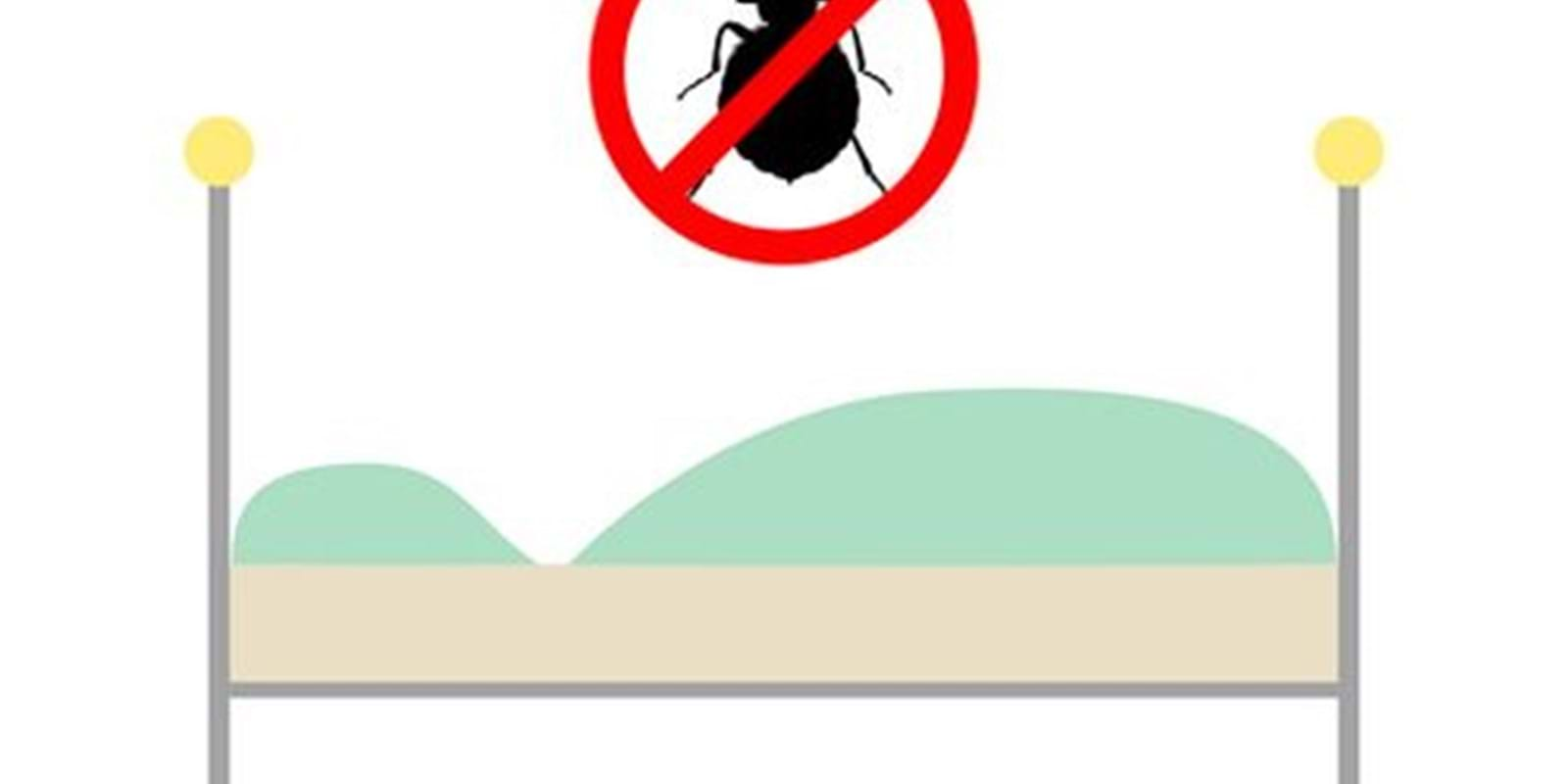Bed bugs have an oval broad, flat body and a short, broad head. Shaped similar to an apple seed, unfed adults are around 6 to 10 mm long and brown and wingless. After feeding, they swell slightly in size and darken to a blood-red colour. The nymphs are shaped like the adults, but are yellow-white in colour.
Itchy welts on skin and/or black or brown spots on mattresses sheets, bed frames or walls often indicate that there is a bed bug infestation.
Bed bugs are also known by several names: wall louse, house bug, mahogany flat, red coat, crimson ramblers as well as others.
Newly hatched nymphs feed as soon as food is available. A bed bug goes through five moults before it reaches full maturity. Adults usually live for around 10 months, but can live for a year or more in a home where the environment is good for reproduction, with temperatures ranging between 21°C and 28°C, making it ideal for breeding year round.
Bed bugs can live from several weeks up to roughly a year and a half without feeding. Older bed bugs can go even longer without feeding.
What can they do?
Bed bugs can cause allergic reactions and itchy welts. Allergic sensitivity can increase if exposure is prolonged. They do not however pose a major health risk and are not known carriers of blood-borne diseases. Bed bug bites may not be noticed immediately because bed bugs typically feed at night when people are asleep.
Bed bugs are wingless and cannot fly or jump, but are able to hide in extremely small locations because of their flattened bodies - under wallpaper, behind picture frames, in electrical outlets, inside box springs, in mattress pads and in night tables. Long considered eradicated in most metropolitan areas, bed bugs are making a comeback. People now travel more than ever before, and bed bugs are hitching rides on clothing and luggage. They can now be found everywhere there is a high turnover of people, from homeless shelters to five-star hotels. They can also be accidentally transported around the house on objects. Bed bugs do not indicate a lack of cleanliness.

